4K resolution does matter if
…you actually experience the full technology suite of 4K and appreciate accurate expanded color, wide contrast, and very sharp images. I have yet to show a photography enthusiast or imaging professional who is not pleasantly surprised and enthusiastic about 4K resolution if they see the 4K projectors and TVs that incorporate all of the new technology that 4K can include. Most articles on the new 4K technology focus only on the pixel count and pixels alone does not make a good image! They also talk about the lack of 4K resolution content and ignore the fact that we now have technology, in some 4K projectors or TVs, that can take any HD content and even DVD quality and transform that image to a new and spectacular and exciting experience.
All 4K resolution is NOT created equally
As in all new technology, there are products that utilize and implement all of the new advancements and there are also those that are trying to barely qualify as 4K to try and cash in on the new buzz word and hurt the entire category. 4K or UHD (Ultra High Definition), as a minimum, must be able to display 3096 X 2160 (four times the resolution of the highest standard of HD, sometimes referred to as full HD). To call a product 4K or true 4K says very little about the real or perceived image quality and the quality of an HD or other source to be displayed on a given 4K product. To experience 4K with the following four new technologies is to experience a new level of realism, image reproduction and visual immersion. So what are the four technologies that make this experience possible?
4K resolution Image Clarity
All 4K or UHD displays must have at least 8,294,400 pixels (four times full HD resolution). That can be a very good thing but it really depends on how those pixels are illuminated and displayed. The better 4K TVs will have an almost pixel-less smoothness look and a level of detail (depends on the source and the quality of the processing if HD or lower). If both the 4K pixel processing and the source is good, the image can be extremely detailed and smooth. Just this alone, however, would not convince me to move to a 4K TV without the other new technologies. The human eye is much more sensitive to brightness, color, and contrast than it is to resolution alone, so resolution is really the least of the key image considerations. However, if coupled with all of the below, the result is simply breathtaking.
Contrast and HDR (High Dynamic Range)
Ask any photographer or cinematographer and they will tell you the importance of exposure latitude and wide dynamic range. We are all used to the current crop of LCD flat panels and, compared to the old CRT and standard definition images, they are very good. However, if you have ever seen a really good high end plasma TV, you will have noticed the effect of a really good black capability and the depth it could give an image. The problem with plasma TVs was that despite their incredible blacks they were not as bright and vivid as LCDs. What really good 4K TVs have now is the best of both worlds and even more. Some of the mid-level 4K TVs introduced last year and this year now boast black levels as good or better than any plasma TV and a level of peak brightness as much as 2 or 3 times that of a conventional LED TV. This is accomplished by local dimming which means they are controlling the light output of the LEDs in different parts of the image. If this wide contrast range is combined with 4K detail we begin to see the capability of what, I feel, 4K is really all about and that is extreme image quality in all areas of human perception.
Wide Gamut
Electronic color quality is directly perceived by three key characteristics: saturation, accuracy, and sharpness. Most electronic displays have always fallen short in two of these areas: accuracy and sharpness. If you have ever compared a deep red rose or a Caribbean ocean scene to what they appear to the eye in reality you will notice that almost all current TVs fall short. Expanded color gamut approaches what we see in nature – even previously difficult colors like yellow-green, deep reds, and saturated blues. One manufacturer of this new technology, Sony, calls their expanded color gamut “Triluminos.” It uses a new technology called “quantum dots” or “nanocrystals.” When this is coupled with HDR and 4K we begin to see why all 4K is not created equally. 4K color sharpness is, by its nature, 4 times sharper than HD color sharpness, so color does not appear outside its natural boundaries, or appear as a smear or soft edge. In technical terms 4:2:0 color in 4K is more like 4:2:2 color in HD. Even though we create 4:2:2 or 4:4:4 color in professional cameras, all HD TV signals and Blurays are 4:2:0 in delivery. That means in true 4K color is noticeably sharper and more lifelike.
Image processing and Upscaling
One of the most prevalent talked about ideas of 4K is that there is not very much content yet. While that may be the case for the short term, what makes me even more excited about 4K is the new technology for image processing and upscaling that is now in some of the higher quality 4K flat panel TVs and projectors for non-4K sources. This technology goes far beyond conventional scaling or processing by merely adding pixels. It actually analyzes each scene and image and draws from up to a 10 year database to create the missing information as it would be if it had been originated in 4K. I was very skeptical until I saw for myself this technology in action. It is nothing short of miraculous to see a conventional Bluray HD movie processed up to 4K in real time with more detail, more realistic color, and wider dynamic range than you have previously seen from the same disc. If you appreciate high image quality, you owe it to yourself to see this new technology. It also makes owning a 4K with these technologies practical right now and not just for the future. All of our favorite Blurays and HD content is noticeably better.
The Bottom Line
If you are considering purchasing a new flat panel TV or projector, take the time to learn about the new technologies. Entry 4K panels are now less than HD panels of just one year ago and the better 4K panels with all four of these technologies are just a little bit more – in some cases just about the same as HD panels of 2 years ago. Any HD content you watch or have now can be greatly improved and your high-resolution digital photos are like seeing them for the first time. Keep in mind that not all manufactures have all of these technologies and some use deceptive descriptions and even high prices to make you think that they do. One idea I always suggest is take a flash drive of some of your photos or a Bluray of you favorite movie and see the difference for yourself. When you do, you will know when all four technologies are working together to produce spectacular and lifelike images with depth, color, and detail that most of us have never before experienced.




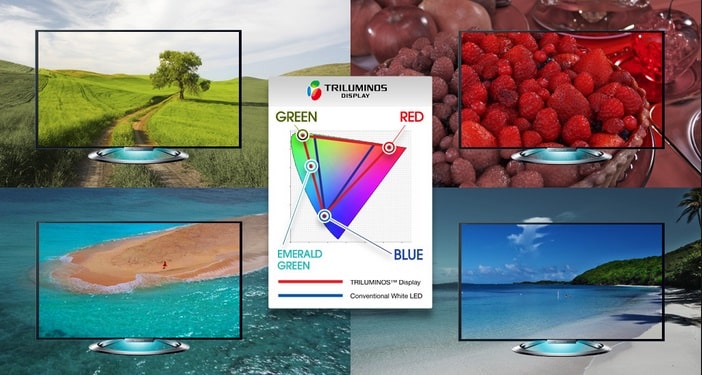
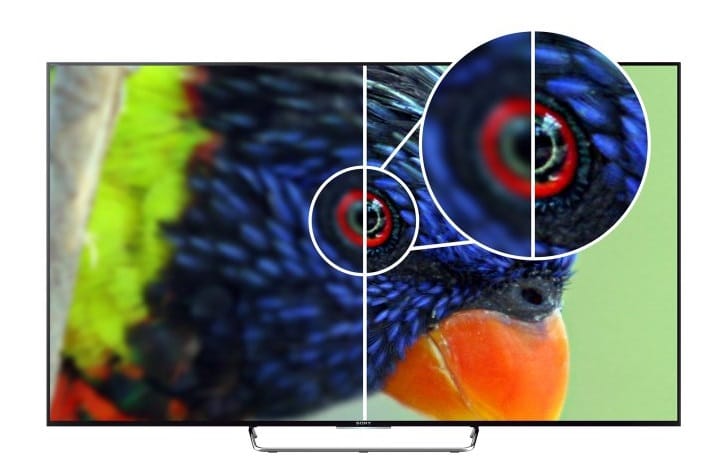
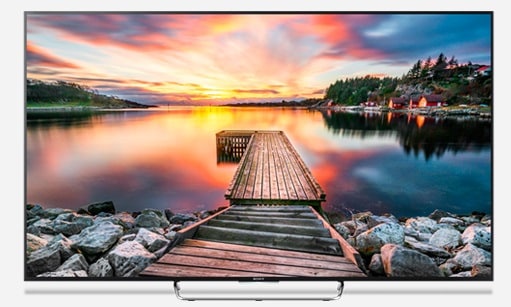


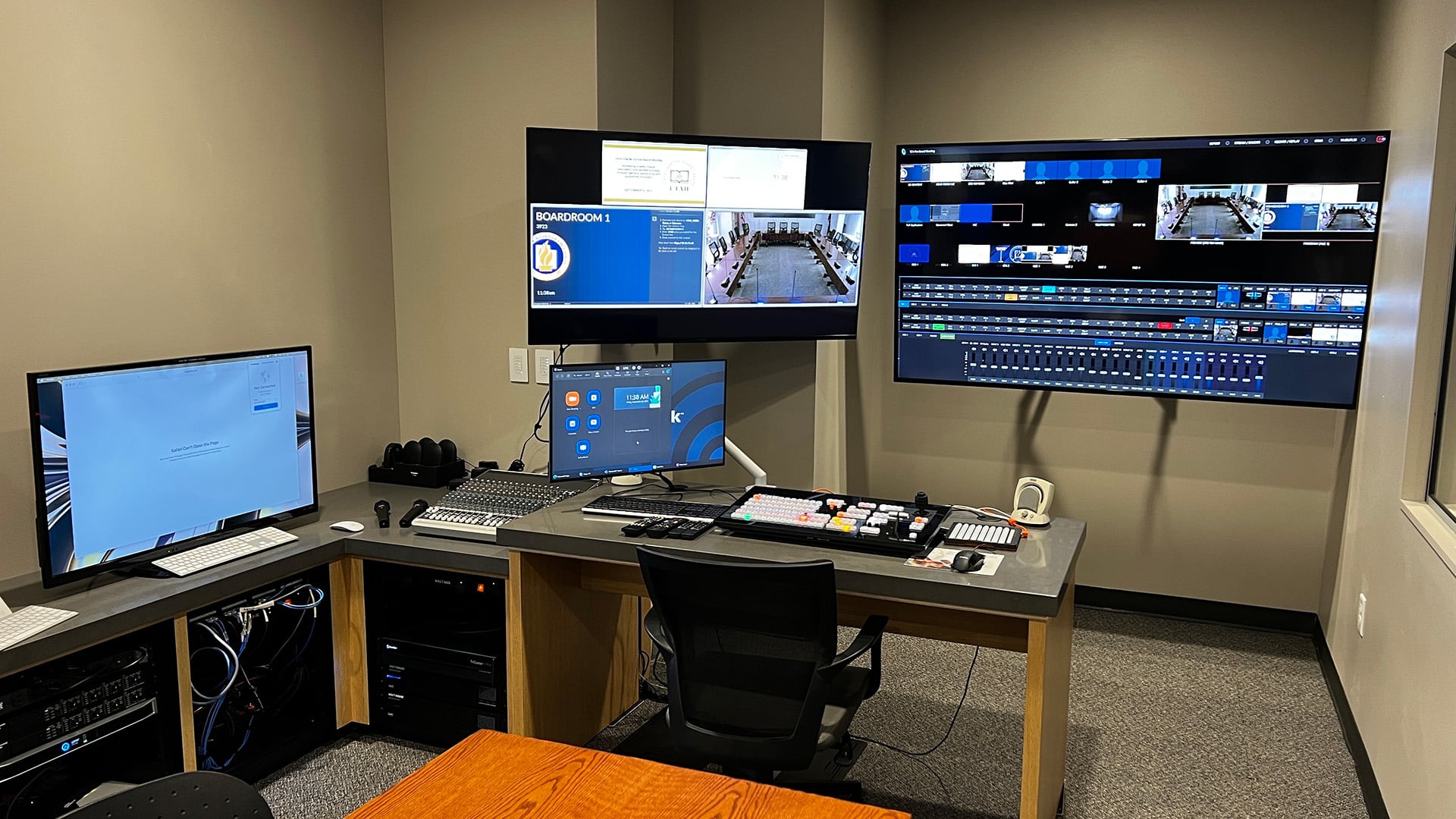
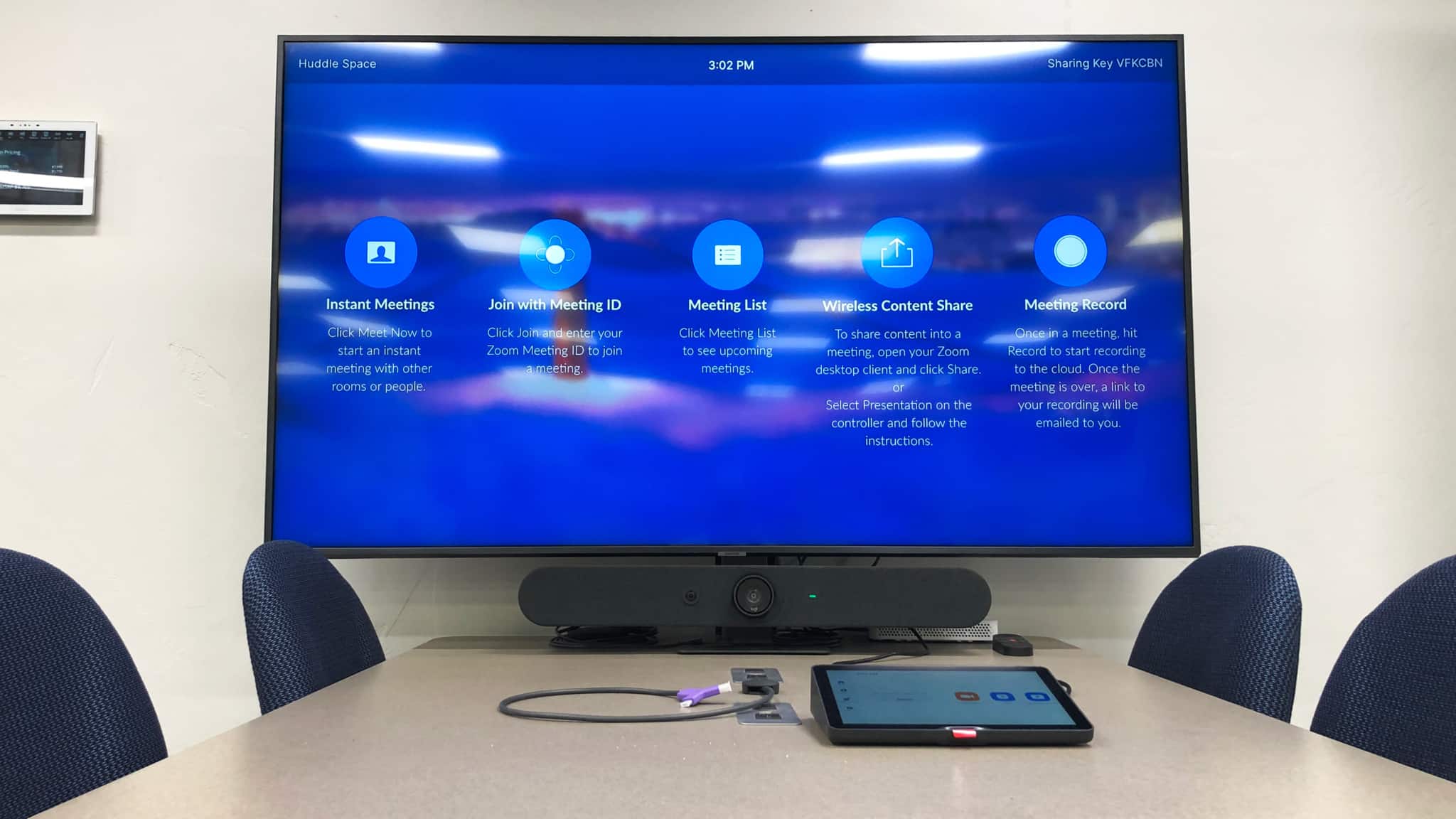
0 Comments